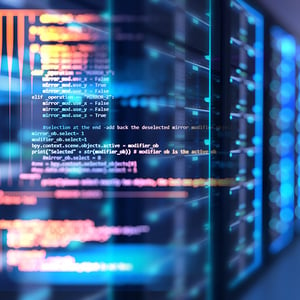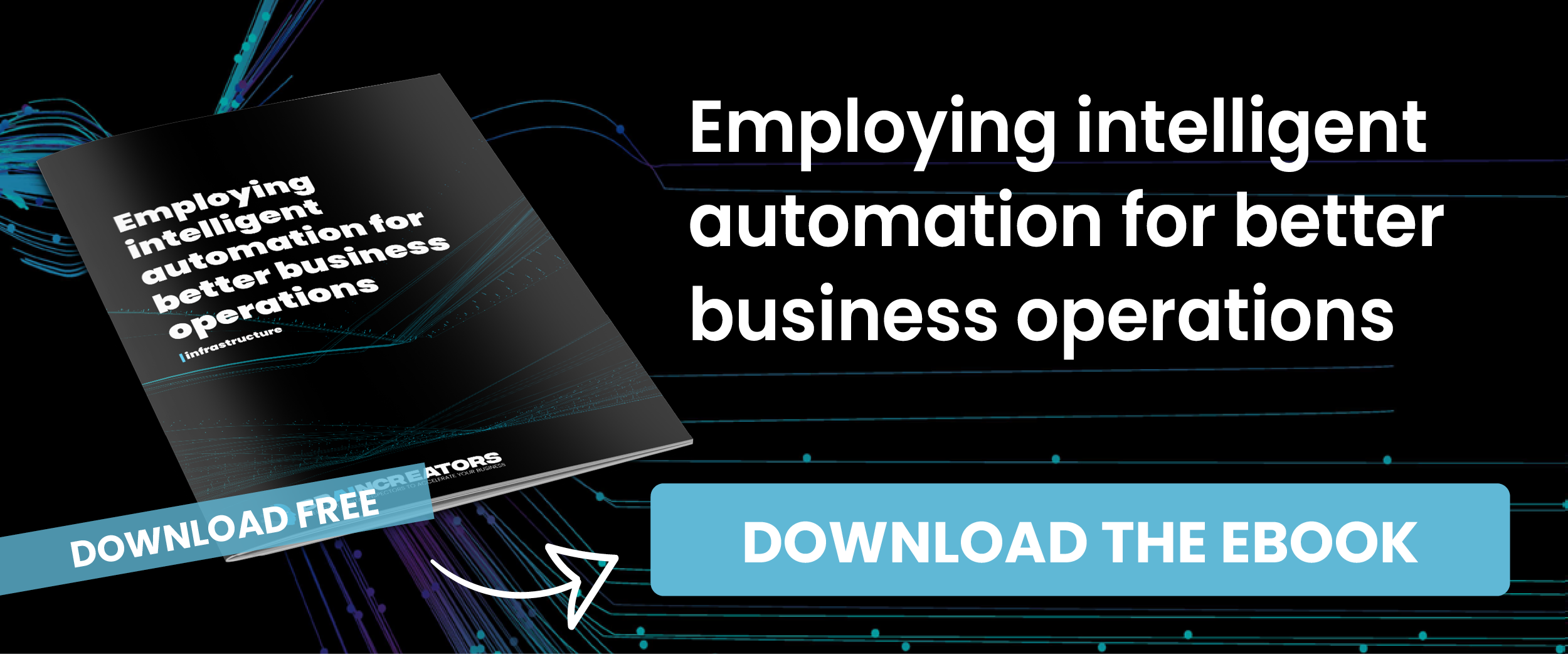Human expertise and its challenges
Future-proofing your business is all about intelligent automation. The focus should be on the role of human expertise in your organization, and how to leverage it using innovative technology based on Artificial Intelligence (AI). There are many challenges surrounding expertise of all levels of experience and education. It’s important to understand the crucial role AI can play in your line of business for each such level. We’ll start off with some observations about expertise in general.
Expertise, of any kind, is your capital. Be it university schooled specialists or highly skilled workers with many years of experience on the job that know how to get a job done, this is all expertise that drives continued success in your business. After all, compared to software and robots, human beings are still the most intelligent agents available to execute tasks in a dynamic environment. This particular form of human expertise often constitutes the most important value in your organization.
As a consequence, human expertise is expensive. You can not afford an army of redundant experts in your field. You invest in your experts and want to see a return on that investment. Again, the difference between education and practical skill is irrelevant here. In terms of information processing, any skilled practical worker is an immensely advanced agent that combines experience, judgment and planning all in one to get the job done.
Expert knowledge is locked inside your human experts. Because of this you run into a range of challenges. Here are a few examples. Experts can leave your team, and for the most part, take their expertise with them. You have invested in their expertise. The choice to stay or go is up to them, but some expertise you can hardly afford to lose. Another fact is that, at some point, your experts will retire. A whole generation of experts that are about to retire will deprive society (and therefore your business) of much vital expertise. Are you ready for the inevitable?
Expertise does not easily scale. There are only 168 hours in a week, and most of those your experts will not spend on the job. On top of that, much expert time is lost on work that involves much repetitive performance. The balance between necessary repetition and challenging cases is often heavily skewed towards repetition. Among all this repetition, you need your experts to be constantly alert, and step up when they judge it necessary to intervene. This costs your experts even more time and makes their job less appealing. Ultimately, you can not make copies of your experts and run them in parallel, so the number of expert people on your team forms a ceiling beyond which you can not easily scale your business.
As a final example of expertise being locked, consider what happens when you want to outsource. Now, the knowledge and experience of your employees are not easily transferable from your team to the third party. And even if you do outsource, how will you monitor and maintain the quality of work that you are accustomed to?
These are some of the most important issues surrounding the management of human expertise in a modern organization. So, what can you do about this, and how can AI technology help?
Intelligent automation
Intelligent automation should address most if not all of these questions. The central theme here is about the transfer of human expertise into some automated form. However, the goal is not to completely replace human experts. The real goal is to support the work of human personnel, and allow them to focus where their expertise is best utilized.
At BrainCreators we have developed a fitting solution in the form of our core product: BrainMatter. Currently, BrainMatter is being used for visual asset inspection and asset management. The categories of physical assets can include anything from an air conditioning cooling tower, to a stretch of road, to a sheet of steel as it comes off a production line, to a crowd of people lining up at an airport. Anything that requires some form of control or management and gives off visual information is fair game. The core process of BrainMatter as it applies to visual asset management is summed up in the mantra: perceive, decide, respond. Let’s go over each of these steps in turn.
The perceive step is about rapid recognition of the asset in its surroundings. If you want to know how many fire extinguishers are still in place in your factory, then collect visual data regularly and BrainMatter will be able to spot your fire extinguishers and notice when one has gone missing.
The decide step is about an instant reality check against some norm or plan. You could compare your new visual data with that of last month. Or you could compare against something more structured, like BIM data. Either way, the actual situation as it is perceived is held against a description of the situation as it should be.
Finally, the respond step is about taking immediate action. This can be as simple as sending an email notification to the relevant person. It can be more involved, like opening a ticket on a ticketing system. Or it can be even more radical, like having a robot intervene immediately in the situation. This is the step where BrainMatter seamlessly integrates with your organization and its IT infrastructure.
Looking back, where does your human expertise come into the picture? At the point where you will teach BrainMatter how to perceive and decide. Teaching BrainMatter can typically be done by providing the relevant information in the form of example images. Or it can be done by a combination of labeling and high level rules that capture the knowledge relevant for the situation.
When BrainMatter is given the examples it needs to learn from, the respond step can be relatively simple. When the system has learned to perceive and decide, the response part can be a straightforward set of business rules that interact with the rest of your organization.
As more and more human knowledge enters the system, many of the issues surrounding human expertise we discussed will be relieved. Your team can leave repetitive checks on physical assets to the system. The experience needed to do so is now fully automated. Your human experts can focus on responding to changes in their working environment and controlling the functioning of BrainMatter itself. As a result they can concentrate on the subset of tasks that do require their full attention and perform better because of it.

